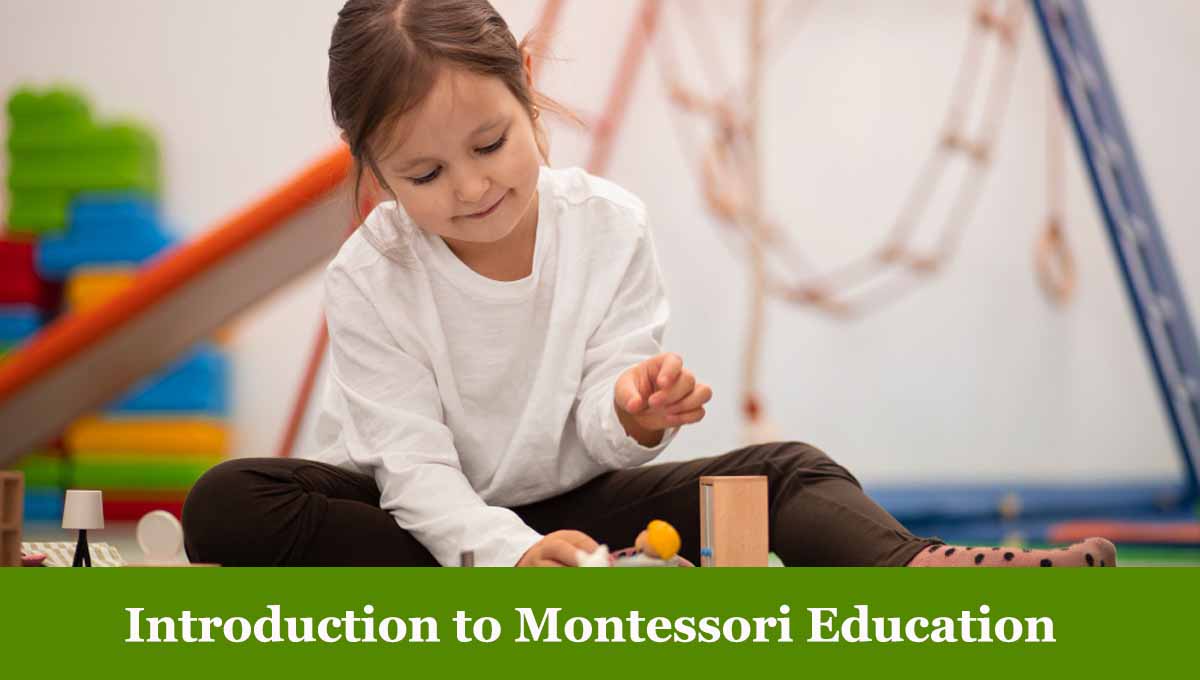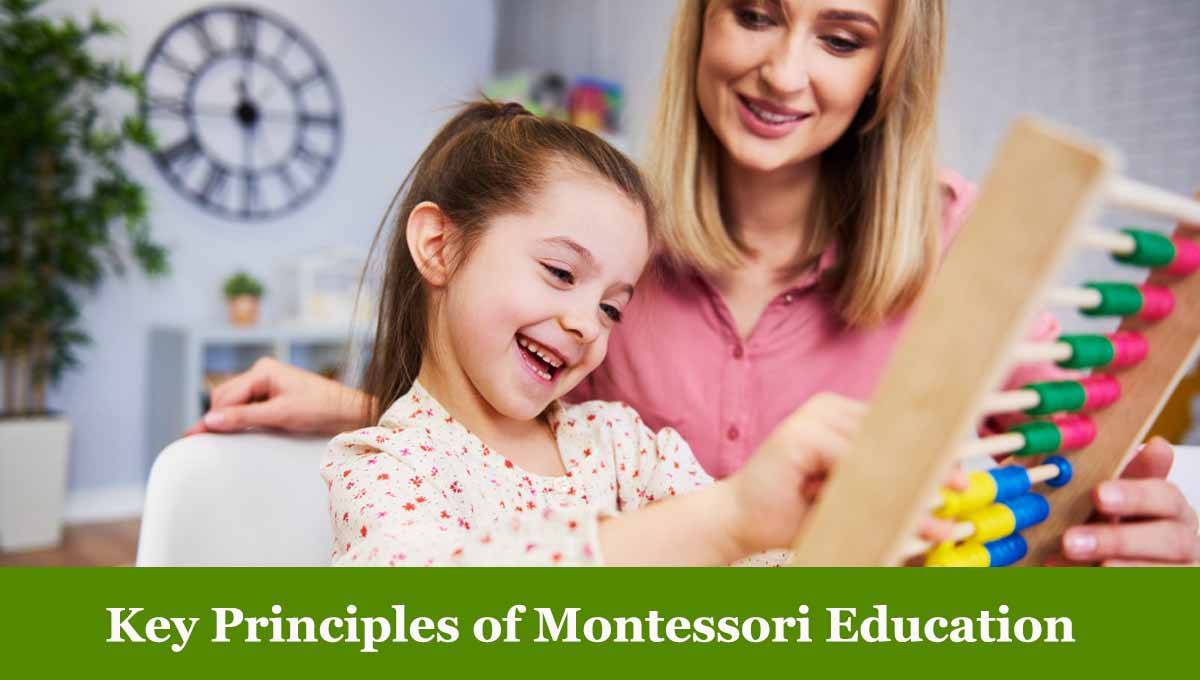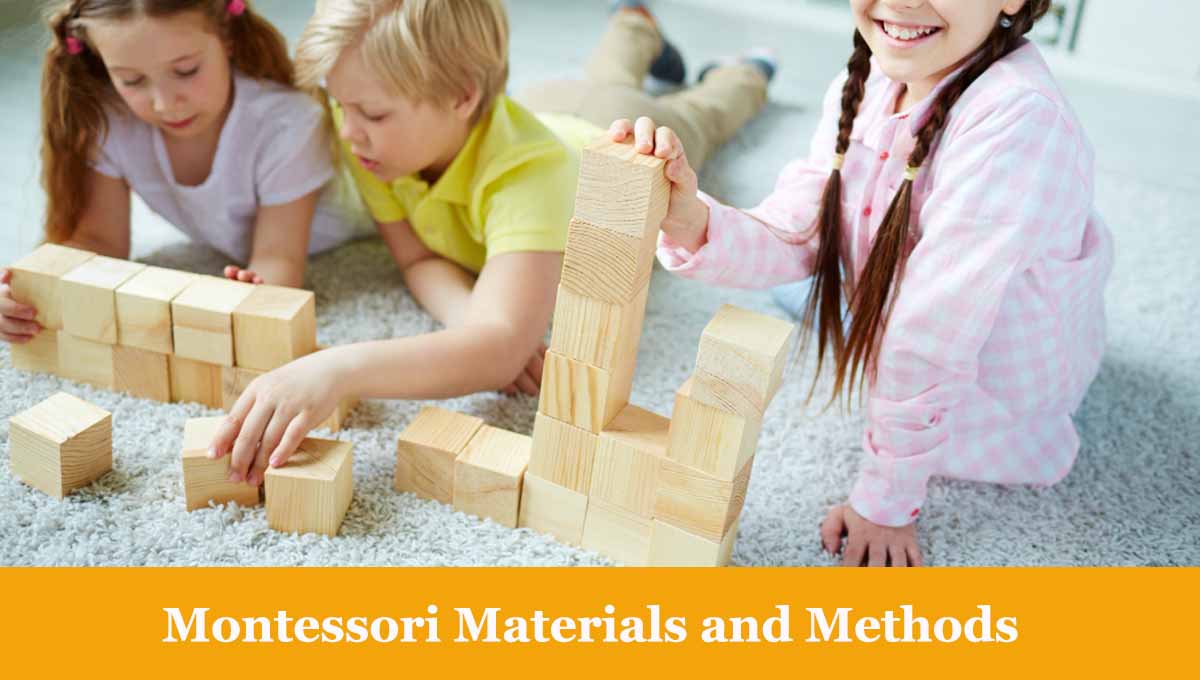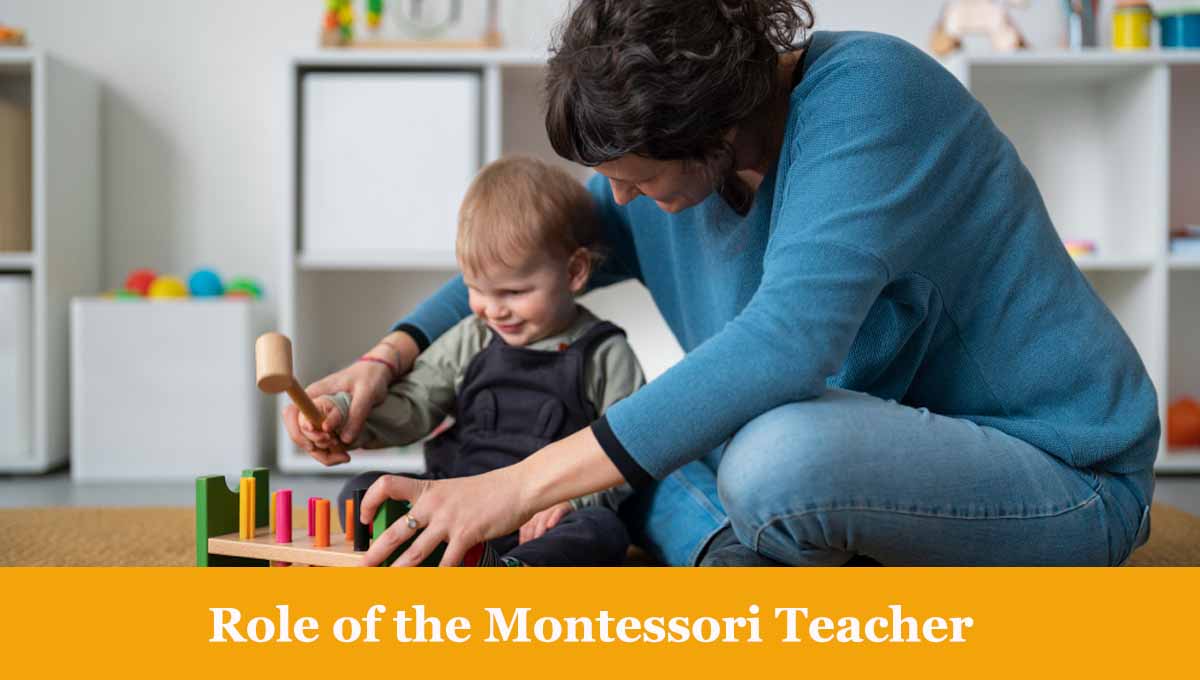Introduction to Montessori Education
Montessori education is an educational approach developed by Dr. Maria Montessori, an Italian physician and educator, in the early 20th century. It is a method that emphasizes independence, freedom within limits, and a holistic approach to education.
History and Background
Dr. Maria Montessori developed her educational philosophy while working with children in psychiatric clinics in Rome. She observed that children learned best when they were allowed to explore and manipulate their environment freely. In 1907, she opened her first school, Casa dei Bambini, where she implemented her method with great success.
Key Principles of Montessori Education
Montessori education is guided by several key principles:
Child-Centered Learning
The focus is on the individual child, with teachers observing and guiding each child’s unique learning journey. Every child is unique and different. They have their own interests and learning styles. These individual differences are catered to in a Montessori classroom. The environment is prepared in the class in a way that each child is given time to explore the materials present in the classroom, they select and work with the activity of his or her choice individually. This inculcates freedom, independence, and a sense of achievement in children.”
Mixed Age Classrooms
Montessori classrooms typically have students of different ages, allowing for peer learning and collaboration.
Human life presents a picture of interdependence. Plants, animals or human life cannot exist without others. We can say the same of the child and adult life. Needless to point out that members of any community depends on each other.
In a Montessori house of children also this is very evident. But this independence can be understood only when there is plenty of opportunity to give and take. Give and take cannot happen, in its real sense, if all the members of the community have the same need, in the same measure, at the same time. When the community has the mixed age group the older children offer help to the younger children.
Freedom within Limits
Children are given freedom to choose their activities within a structured environment that provides clear boundaries and guidelines.
Dr. Maria Montessori discovered that the children’s are capable of choosing their own activity suitable to their capacity. Freedom of choice is given to the children in the Montessori classroom because children work with great interest and repeat the activities on their own to reach the state of concentration.
Prepared Environment
The classroom is carefully designed to meet the developmental needs of the children, with materials and activities that promote exploration and discovery.
Maria Montessori discovered that children aged 3 to 6 years are constantly absorbing from the environment and do not need to be taught in the conventional terms. If they learn from the environment all that we need to do in order to maximize learning is to make the environment right according to their needs.
Montessori Materials and Methods
Central to Montessori education are the specially designed materials and methods used to facilitate learning:
Purposeful Work
Children engage in purposeful activities that are designed to develop specific skills and concepts. All Montessori materials are designed according to student’s age, mental level, developmental needs and a multi-sensory approach. Therefore, all materials placed in the class serve a specific purpose.
Hands-on Learning
Montessori materials are designed to be manipulative and interactive, allowing children to learn through touch and exploration.
In Montessori students rarely learn from the text books or work books Direct personal hand-on contact with either real things under study or with concrete models that bring abstract concepts to life allow children to learn with much deeper understanding.
Sensorial Education
The materials emphasize the development of the senses, helping children to refine their perception of the world around them.
Role of the Montessori Teacher
In the Montessori classroom, the teacher plays a role as a guide and facilitator rather than a traditional instructor. Teachers observe the children closely, offering support and guidance as needed, and fostering a nurturing and respectful learning environment. They observe their progress, needs and sensitive periods. They don’t just keep a track of all these developments but act as dynamic links between children and the Prepared environment. They are constantly experimenting, modifying the environment to meet their perceptions of each child’s needs and interests and objectively noting the results.
Benefits of Montessori Education
Montessori education offers numerous benefits to children:
Promotion of Independence
Children learn to take initiative and responsibility for their own learning, developing confidence and self-reliance.
All the efforts of growth are efforts to acquire freedom. The child needs to do things by himself from the beginning of life from the movement he is capable of doing things. By helping the child to do things himself you are actually helping the child become independent.
Nurturing Creativity
The emphasis on hands-on learning and exploration fosters creativity and critical thinking skills.
Conceptual study is emphasized in Montessori classrooms. After being introduced to a concept, students actively engage in creating their own understanding. Through effective questioning, higher-order thinking is developed among students, leading them towards creativity.”
Development of Social Skills
Through mixed-age classrooms and collaborative activities, children learn to communicate, cooperate, and resolve conflicts effectively.
The interaction leads to a degree of social cohesion that becomes very visible to even an ordinary eye. It has been noticed the new children settle down faster when helped by the older children.
Focus on Individualized Learning
Montessori education recognizes that each child is unique, allowing for personalized learning experiences that meet the needs and interests of each student.
Within the Montessori program, children progress at their own pace, moving on to the next step in each area of learning as they are ready. While the child lives within a large community of children, each student is viewed as a universe in itself.
Criticism and Controversies
While Montessori education has many proponents, it has also faced criticism and controversy. Some critics argue that it lacks structure and academic rigor, while others question its emphasis on independence to the exclusion of other important skills.
Montessori Education Today
Despite its critics, Montessori education continues to thrive around the world, with thousands of schools and millions of students benefiting from its holistic approach to learning.
Conclusion
In conclusion, Montessori education offers a unique and effective approach to learning that emphasizes independence, creativity, and individualized instruction. By providing a supportive and stimulating environment, Montessori education empowers children to become lifelong learners and confident, capable individuals.
FAQs
- Is Montessori education suitable for all children?
- Montessori education can benefit children of all ages and abilities, but it may not be the best fit for every child. It’s essential to consider each child’s unique needs and learning style when choosing an educational approach.
- What age group is Montessori education best suited for?
- Montessori education is typically offered for children from preschool through elementary school, but there are also Montessori programs for infants and toddlers. The mixed-age classrooms allow children to learn from and with their peers, regardless of age.
- How does Montessori education differ from traditional education?
- Montessori education differs from traditional education in several key ways, including its emphasis on child-led learning, mixed-age classrooms, and hands-on materials. Traditional education tends to be more teacher-centered and structured.
- Are Montessori schools accredited?
- Many Montessori schools are accredited by organizations such as the American Montessori Society (AMS) or the Association Montessori Internationale (AMI). Accreditation ensures that the school meets certain standards of quality and adherence to Montessori principles.
- What should parents look for in a Montessori school?
- When choosing a Montessori school, parents should consider factors such as the qualifications and experience of the teachers, the quality of the classroom environment and materials, and the school’s accreditation status. Visiting the school and observing a classroom in action can also provide valuable insight into the program.




